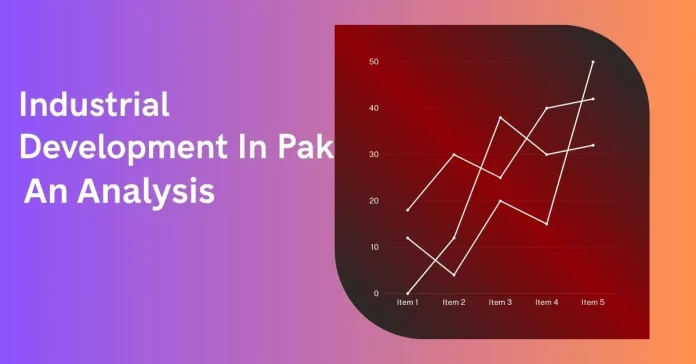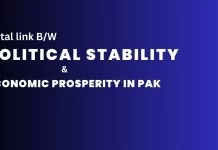Industrialization is essential for the economic growth of any country. It not only increases the GDP but also provides job opportunities and enhances the standard of living of the people. However, Pakistan has been facing various obstacles in achieving industrial development. In this article, we will explore the causes for the hindrance of industrial development in Pakistan.
Brief Overview
Pakistan faces obstacles to industrial development due to inadequate infrastructure, a lack of skilled labor, difficulty in attracting foreign investment, corruption, and bureaucratic red tape. Addressing these challenges requires comprehensive solutions such as investments in infrastructure, education, and improving the business environment.
Industrialization and its importance
Industrialization refers to the process of transforming an agricultural-based economy to a manufacturing-based economy. It is a vital component of the modern economic system and serves as a means to attain sustainable economic growth. Industrialization has various advantages such as the creation of job opportunities, increased output, and technological advancement.
Obstacles to Industrial Development in Pakistan
Energy Crisis
One of the major obstacles to industrial development in Pakistan is the energy crisis. The country has been facing severe energy shortages, resulting in load shedding and power outages, causing industries to halt production. According to a report by the World Bank, Pakistan ranks 144 out of 190 countries on the ease of getting electricity, indicating a significant gap in energy supply and demand.
Political Instability
Another factor contributing to the hindrance of industrial development in Pakistan is political instability. Frequent changes in governments and political unrest create an environment of uncertainty, which discourages foreign investors from investing in the country. The political instability also affects the implementation of industrial policies and regulations, leading to inconsistency in industrial development.
Lack of Technological Advancement
Pakistan lags in technological advancement, which is another major cause of hindrance to industrial development. The country’s industrial sector heavily relies on outdated technology, leading to low productivity and competitiveness. The lack of investment in research and development and inadequate education and training programs for the workforce also contribute to the lack of technological advancement in the industrial sector.
Poor Infrastructure
The inadequate infrastructure in Pakistan is another major obstacle to industrial development. The country’s transportation and communication networks are outdated, inefficient and insufficient, making it difficult for industries to transport raw materials and finished goods. The lack of proper infrastructure also makes it difficult for industries to establish themselves in remote areas.
High Cost of Production
The high cost of production in Pakistan is another factor hindering the development of the industrial sector. The high cost of energy, transportation, and raw materials makes it difficult for industries to compete in the global market. Moreover, the lack of economies of scale due to the small size of industries in Pakistan also contributes to the high cost of production.
Conclusion:
In conclusion, Pakistan has been facing numerous challenges and obstacles in its journey towards industrialization. The energy crisis, political instability, lack of technological advancement, poor infrastructure, and high cost of production are major hindrances to the development of the industrial sector in Pakistan. Addressing these issues requires a concerted effort from the government, private sector, and other stakeholders. By addressing these challenges, Pakistan can unlock its industrial potential, create job opportunities, and achieve sustainable economic growth.
















